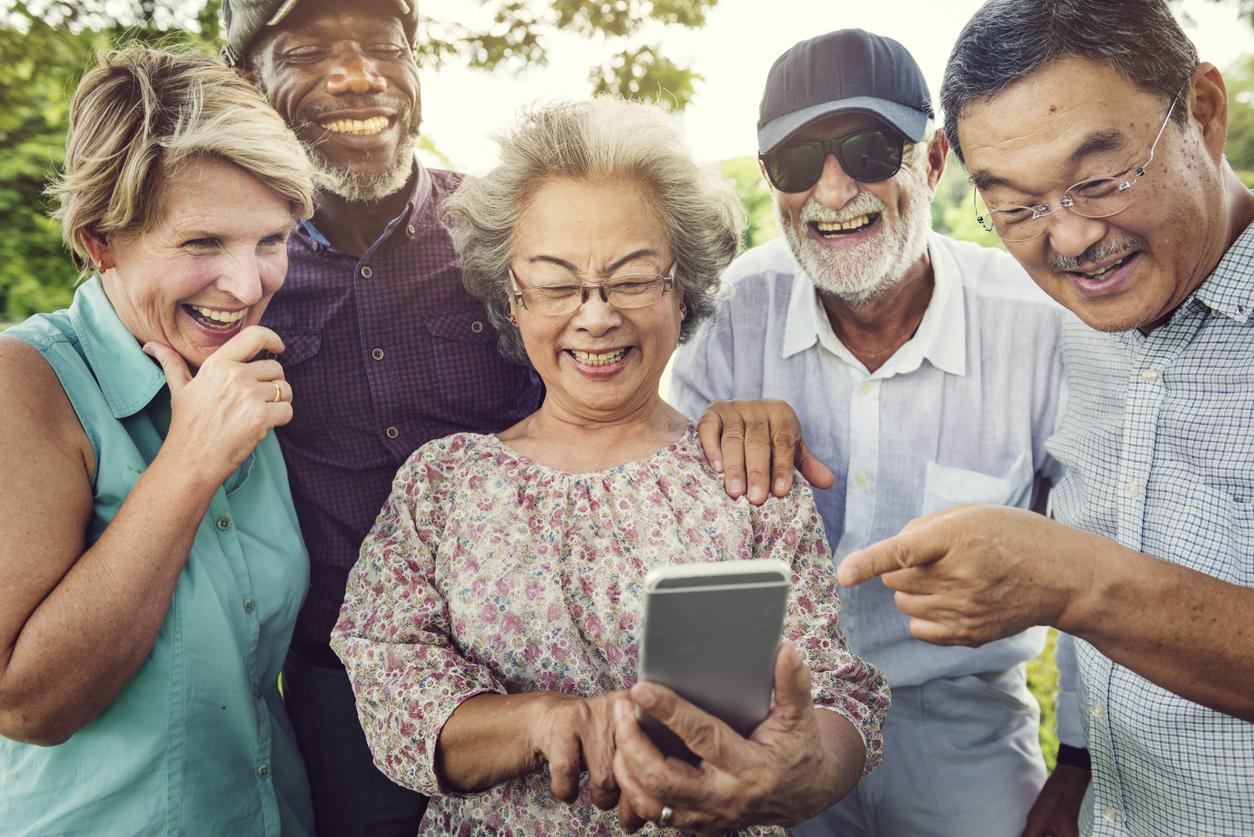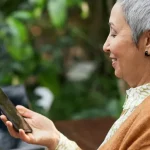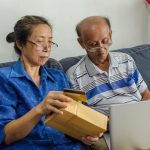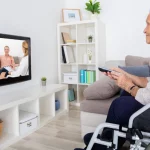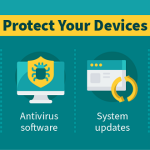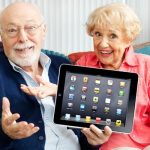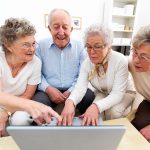Elders Population
The aging population is a major problem in the European Union. In 2019, the proportion of the population aged 65 and over in Germany was around 22 percent , whereas twenty years ago it was only 16.6 percent. This means that the number of 65-year-olds and older people has increased from 13 to 18 million since 2000. Over the next 20 years, this number will grow by another 5 to 6 million .
As society ages, more and more people in Germany are affected by the need for care. According to data from the Federal Statistical Office from 2017, almost a quarter of all those in need of care in nursing homes received full-time inpatient care. The other three quarters, however, were cared for at home: almost 52 percent alone by relatives and twice as few together with or through outpatient care services.
How could digital technologies support seniors?
Especially those living alone , those in need of care or less mobile – and their loved ones to improve health care? Older people are already using health apps to take their medicines regularly or to document their blood sugar levels. The Digital Supply Act created the prerequisite that these apps can also be paid for by statutory health insurance in the future. One might also ask whether seniors are sufficiently receptive to technological innovations? Bitkom, Germany’s digital association, knows the answer: 62 percent of older people can no longer imagine life without the Internet.
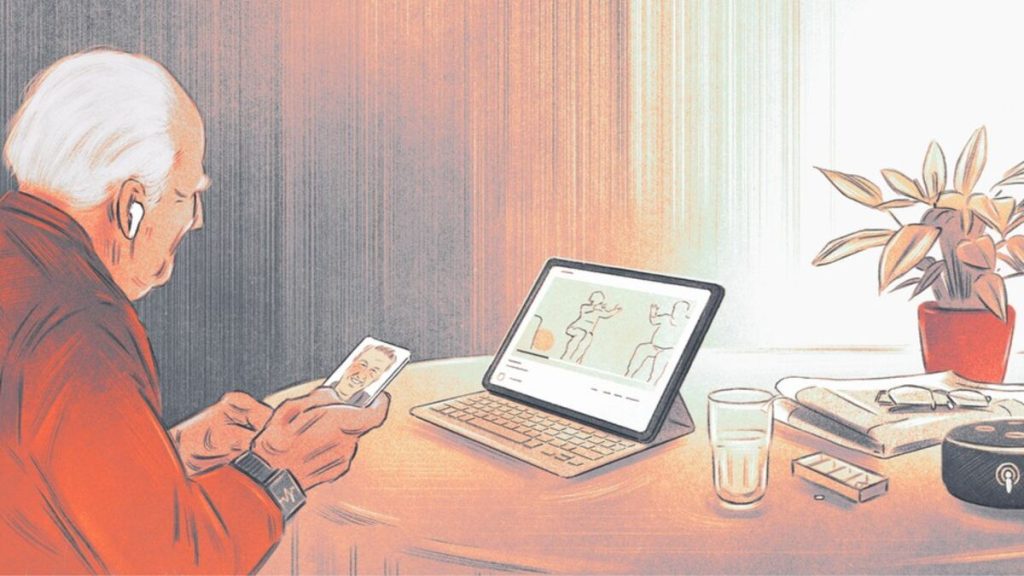
IoT for seniors: use cases
Bitkom’s survey found that more than half of German seniors regularly use a traditional desktop PC. Laptops and smartphones come in second with over 40 percent. The Corona crisis has also made its contribution: more than one in eight seniors have purchased new digital devices because of the pandemic. Many users of the 65 Plus generation only discovered internet services during the Corona pandemic. Those who were online earlier use it even more intensively. Emails and social networks, online shops and banking, news and video streaming are now part of everyday life.
What about telemedicine?
Online appointment scheduling, communication with doctors via email or comparison and rating portals for doctors are already established digital offerings. Telemedical applications or online consultations with the doctor, however, are new for seniors. According to Bitkom, they show their willingness to use such solutions in the future. According to a study by the digital association , 40 percent can imagine using e-prescriptions . Even more older people (49 percent) are willing to try out health apps for recording body and fitness data.
IoT for senior care is usually about monitoring health status, security and interaction with the outside world, especially in an emergency.
Observation of health status
Older people often suffer from several illnesses at the same time, some of which are chronic. Smart devices, such as blood pressure monitors, blood glucose monitors, pulse oximeters, and pill dispensers, can help older people manage these conditions. Caregivers receive data from various devices connected to the cloud. They analyze and evaluate the usual behavior of older patients and identify health problems before they worsen. If a discrepancy is suspected, a healthcare professional is automatically notified.
Diabetes
An example of IoT devices for seniors is connected blood glucose meters, which help older people manage diabetes. If blood sugar levels are too low, an emergency alert is sent to doctors to request immediate medical attention.
CONTOUR.
CONTOUR, a blood glucose monitoring system from Ascensia , enables accurate blood glucose measurement. The system connects to the CONTOUR™DIABETES app, sends intelligent alerts to let users know when their blood glucose levels are critically high or low, and forwards reports to doctors.
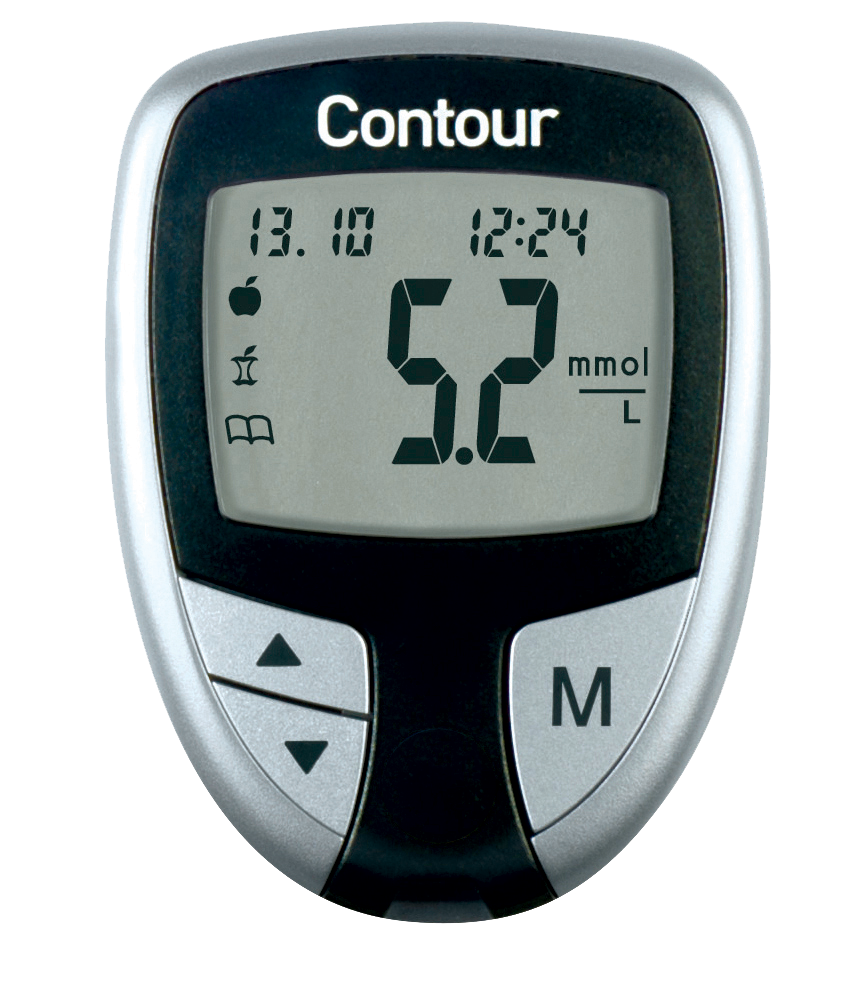
Freestyle Libre System.
Another well-known example is the Freestyle Libre system for measuring blood sugar. The device consists of a reader and a sensor that is worn on the back of the upper arm and measures blood sugar every minute.

Medtronic Solutions.
People with type 1 diabetes and many with type 2 diabetes need to take insulin regularly. Smart insulin pumps are already changing the way patients live with the disease. An insulin pump is a small medical device programmed to deliver insulin into the body through a cannula placed under the skin. It offers high precision in dosing. For example, Medtronic ‘s products automatically change the amount of background insulin based on the body’s needs, and calculate precise bolus doses.
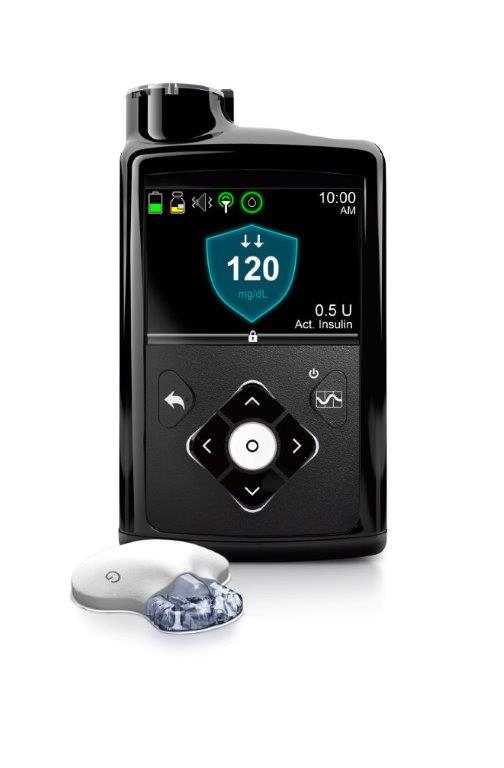
Arthritis
IoT solutions are ideal for treating arthritis as affected seniors have difficulty moving. IoT devices such as smart lighting systems, door locks and thermostats can minimize the need to move. Some devices have also been developed for therapeutic purposes.
Source Wearable Pain Relief Technology Kit.
Quelle Wearable Pain Relief Technology Kit provides wearable intensive nerve stimulation (WINS) to relieve pain in legs, feet and knees.
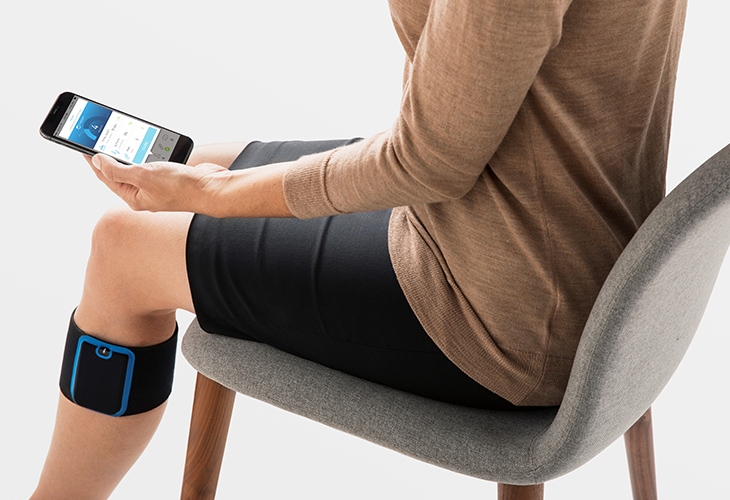
Omron Healthcare Avail TENS Unit.
There’s also the Omron Healthcare Avail TENS machine , a drug-free home pain relief system, now available on the market. OMRON Avail is a wireless, standalone, dual-channel pad that offers TENS technology and microcurrent therapy to relieve acute and chronic muscle and joint pain.
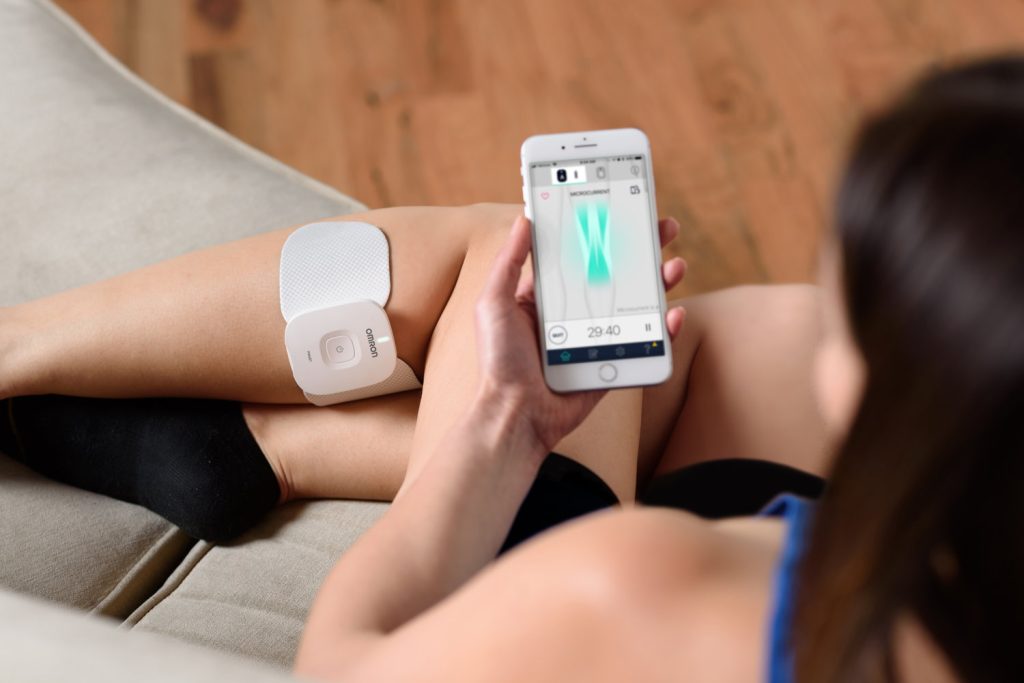
Security
Connected devices help seniors live more safely. More than a third of older adults over 65 experience at least one fall per year or more. Smart devices in this category record movement patterns, prevent and detect falls, and track a person’s location. Caregivers can also install a motion sensor that sends an alarm if no movement is detected for a long period of time.
Fall detection and prevention systems
Falls are a leading cause of injury, some of which are fatal. Intelligent fall prediction systems can save lives. However, creating a fall prediction and prevention system is a challenging task. Existing solutions mainly focus on physiological factors such as gait, age, vision, neurological disorders and cognition. However, IT developers of such systems should address the multi factorial nature of falls, including intrinsic and extrinsic risk factors, and conduct analysis in real life conditions.
Fall detection systems alert the user and their healthcare provider after a fall and help arrange immediate medical attention. Also, they constantly measure the user’s movement speed in all directions. Such devices have accelerometers and processors that can tell the difference between regular activity and a sudden fall. Automatic fall detectors are equipped with wearable sensors that can be integrated into belts, watches and shoes.
SureSafe.
An example of this is SureSafeー, a wearable device that automatically alerts caregivers when a fall is detected.
Security solutions
SensFloor.
SensFloor is an intelligent floor for greater safety and comfort for seniors. Thanks to integrated sensors, the solution can detect and analyze the position and movement behavior of people. In the event of a fall, the system notifies relatives or nursing staff. SensFloor can be connected to lighting systems. If the person moves in a corresponding direction, the light turns on automatically. The system recognizes foreign movement patterns and also serves as a smart alarm system.
Luna Lights.
Luna Lights is an automatic lighting system. The solution consists of ultra-thin pressure sensors that detect when the user leaves the bed. The system instantly turns on small, wireless lights throughout the home and can also send notifications to caregivers.
Path Feel.
An innovative solution is Path-Feel insoles , which improve the balance and mobility of older people through vibration resonance.
IoT devices can also track changes in air quality, temperature, humidity or carbon monoxide levels and alert a family member in the event of deviations and dangers.
Interaction with the outside world
Technological advances are also changing the way older people interact with healthcare professionals and health insurance providers, how they communicate with their loved ones, and how they carry out everyday tasks such as grocery shopping. IoT can also support seniors in everyday life. Having groceries or medication delivered can be so easy: you ask a smart speaker to buy necessary items and wait for your purchases to arrive.
Communication platforms
Grand Care.
GrandCare is a sensor-based, proactive, preventative home healthcare and communication platform. Grand Care is an easy-to-use touchscreen that is installed in a care recipient’s home. It offers wireless activity monitoring and telemedicine sensors that alert appropriate care staff when necessary. The solution enables socialization, activity and health monitoring and has community functions.
IoT for people with disabilities
Dot Watch.
Some helpful IoT products are commonly used by older people with visual or hearing impairments. DOT WATCH (Braille & Tactile Smartwatch), is a wearable from the DOT company that displays texts in Braille (and its many versions) on the watch face.
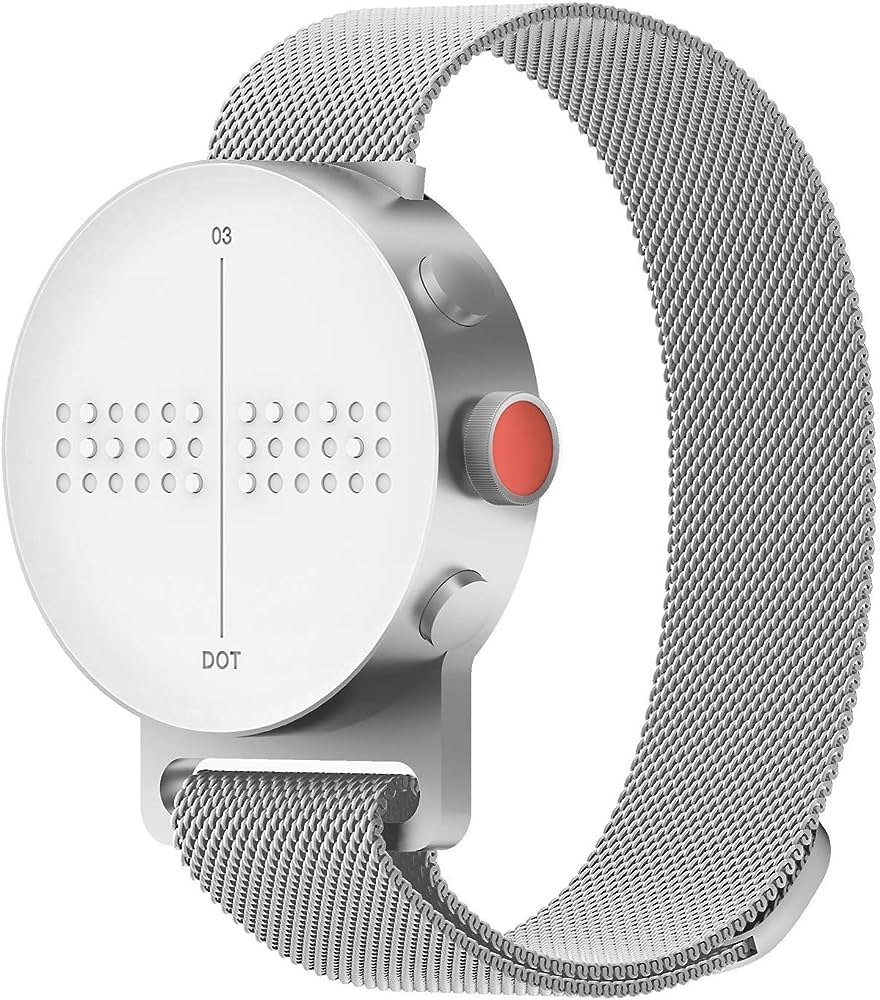
Oticon Hearing Aids.
The company Oticon produces Oticon Hearing Aids (hearing aids). With the solution, seniors can orientate themselves throughout the entire area. It reduces background noise and sends refined sound directly into users’ ear canals.

Robot helper
Elliq.
Elliq is a companion robot that reminds the elderly to take medication, promotes contact with family and allows seniors to play music and interact. The solution is equipped with several features: messaging, cognitive stimulation and games, curated music and videos, picture sharing, calendar appointments, daily routine reminders, and a question and answer function. Communicating with robots provides a sense of community that is essential for seniors living alone.

What are the downsides of IoT solutions for senior care?
The Internet of Things promises independence and aging in place for many older people, and the benefits of smart solutions are endless. However, there are some legitimate concerns about IoT technologies.
Difficulties with technologies
The first and most critical problem of age and technology: It is quite common for older people to become frustrated by confusing, difficult to decipher applications, devices, user interfaces and complicated, multi-step installation and operation procedures. People aged 65 and over also find it difficult to adapt to new technologies due to their health condition ー many of them have vision and hearing impairments that make it difficult to read and perceive audio content. Color vision also declines with age: many seniors have difficulty distinguishing colors and require higher color contrast.
Seniors often rely on just a few, easily accessible applications. They generally find it more difficult to learn new functions and devices. For this reason, simple UX and senior participation in testing are the be-all and end-all of a good senior-friendly smart device.
Looking for security
Seniors and their caregivers tend to be distrustful of smart security and privacy solutions. Of course, such products are just as vulnerable to hacking as any other IoT device. The core function of such solutions is to monitor the activities, health and safety of the elderly. Then this data is collected over the internet for further investigation, transmitted and stored in the cloud. The data could be viewed and used by unauthorized third parties, increasing the risks of financial and physical damage. To protect personal and medical information , technology companies should:
- Encrypt the data
- Introduce cybersecurity frameworks
- Implement advanced user authentication and data access control mechanisms
- Validate and encrypt all input data
- Keep the devices up to date using OTA technologies
Conclusion
According to a survey by the digital association Bitkom, 38 percent of users over 65 say they want to live independently in their own four walls for longer with the help of smart home applications. More than half of the older people also say : The Internet helped me get through the Corona crisis better. The COVID-19 pandemic and healthcare crisis will certainly accelerate the adoption of digital technologies, such as telemedicine solutions . Intelligent solutions for independence in old age will be standard in the future.
